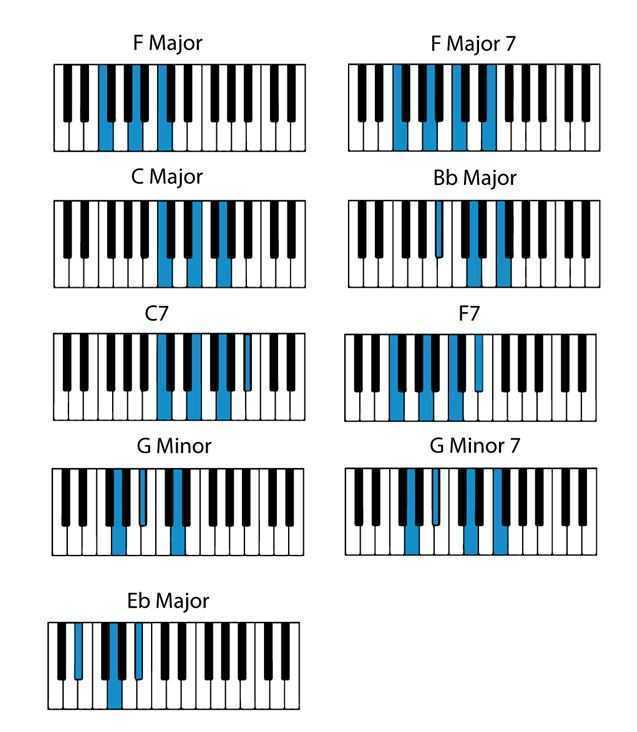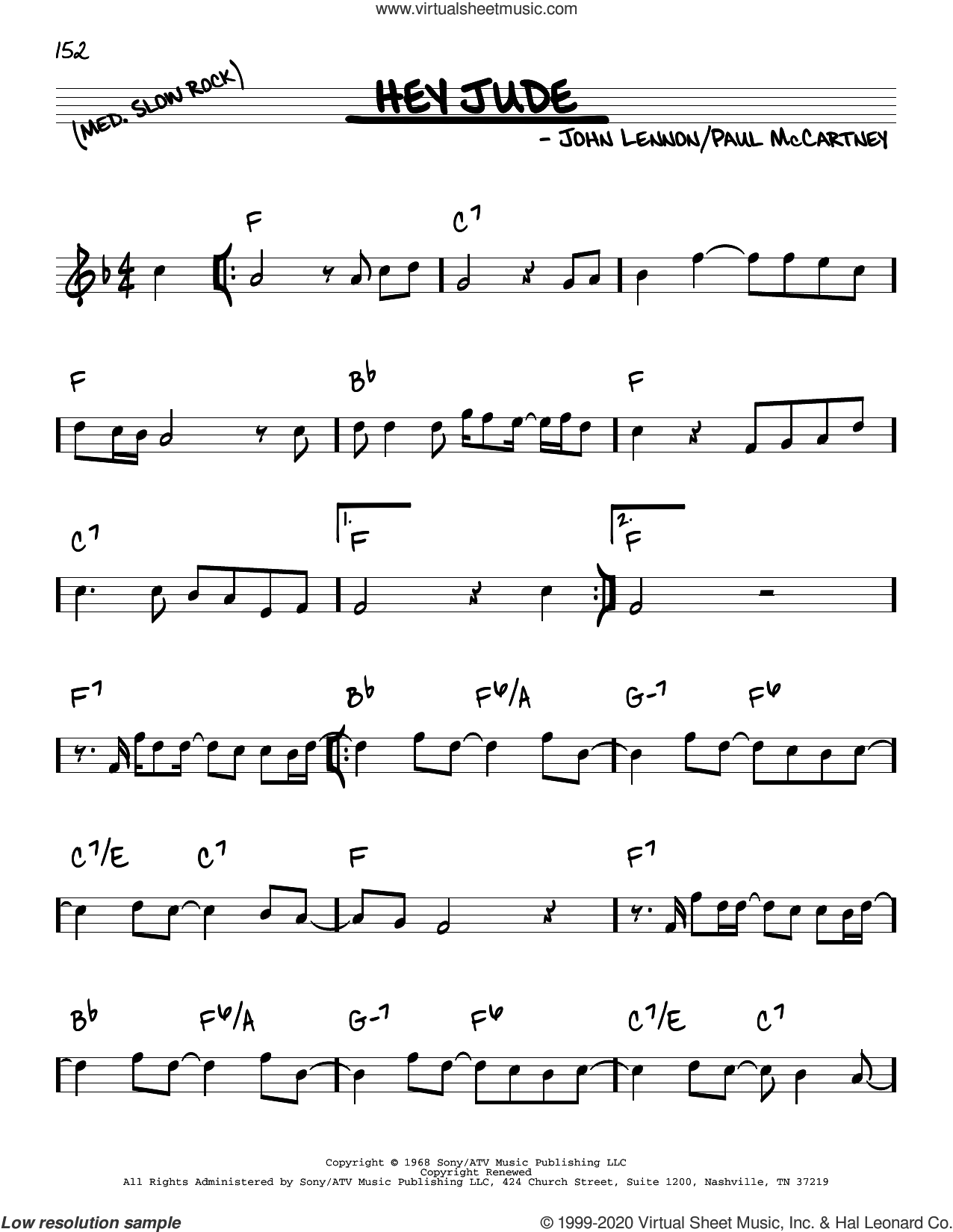
This idea of the same note sequence having different meanings in different harmonic contexts is a powerful compositional strategy. The rhythmic syncopation makes these multiple meanings possible. It falls on the notes E-flat, D, and C, which are the fourth, third and second of the B♭ chord, and the flat seventh, sixth and fifth of the F7 chord.

F is more surprising it’s the second of the E-flat chord, not part of the basic triad. The chord contains G as its third, so it’s a perfectly logical melody note. Second bar: Alternating G and F on top of the E-flat chord.First bar: a straightforward arpeggio starting on F, outlining a major triad.

The chord starting on B-flat is B-flat, D, F. The chord starting on E-flat is E-flat, G, B-flat. The chord starting on F is F, A, C, E-flat. To make a chord, start on a note, then go around clockwise, skipping every other scale tone. To understand how you make the various chords from F Mixolydian, take a look at this diagram. Each one occupies more or less one bar, and each one comes with a chord: F7, E♭, B♭, and F7 again. The “Hey Jude” loop is built from four phrases. The blue arrows show the roots of the I-♭VII-IV-I chord progression. The right diagram shows it on the circle of fifths.

The left diagram below shows F Mixolydian on the chromatic circle. If you play I, ♭VII, and IV, you’re going to recognize many iconic rock and pop songs.


 0 kommentar(er)
0 kommentar(er)
